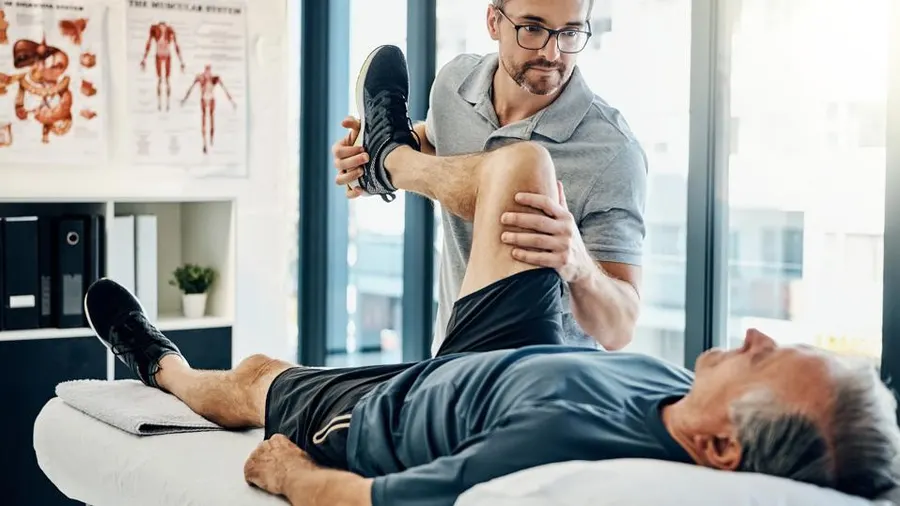Sports participation is an excellent means to keep up an active lifestyle, learn new abilities, and build a spirit of competitiveness. However, injuries related to sports may ruin the enjoyment and even keep athletes out of action for a long time. Despite the possibility of accidents, physical therapy in sports training programs can be equally crucial for injury prevention as it is for recovery. If you are injured by a sport, contact Dr. Stephen Fisher Braselton for more information.
How can physical therapy help relieve sports injuries?
Understanding the difference between avoiding injuries and injury recovery is essential before diving into injury prevention. In contrast with rehabilitation, physical therapy takes an alternate approach to preventing injuries. Let’s get started by examining the key differences between these two features:
Goal and focus
- Injury Prevention: The primary objective of Physical therapy in preventing injuries is to identify and correct any distinctions or risk factors that may present. The objective is to avoid injuries by actively enhancing an athlete’s physical condition and movement technique.
- Injury Rehabilitation: After an injury, physical therapy is effective in restoring function, mobility, and strength. As the athlete recovers, the focus shifts to treating the particular restrictions brought on by the injury, promoting tissue regeneration, and supporting the athlete in returning to their pre-injury state of activity and performance.
Timing
- Injury Prevention: Physical therapy is frequently utilized to prevent injuries before they occur, during the off-season or pre-season, or as part of a preventative exercise program. In order to minimize the risk of injury while enhancing performance, it comprises continual evaluations, corrective exercises, and preventative techniques.
- Injury Rehabilitation: Physical rehabilitation treatment may be implemented at each phase of the healing process. Physical therapists may encourage a quicker recovery by reducing pain and swelling in the beginning phases, maintaining general body strength and range of motion in the middle phases, and then improving activity back to previous levels in the final stages. They understand how to change actions to reduce the risk of injury while maximizing and maintaining fitness.
Assessment and treatment
- Injury prevention: Physical therapists carry out comprehensive assessments to check an athlete’s general physical health, movement patterns, flexibility, power, and biomechanics to prevent accidents. The focus is on identifying weaknesses or imbalances that might put the athlete at risk for injury. The course of treatment involves developing personalized exercise regimens, putting preventive measures into action, and educating clients on how to avoid injuries.
- Injury Rehabilitation: Physical therapists evaluate the different limitations brought on by the injury, such as a restricted range of motion, muscular weakness, or decreased joint stability. The focus is on particular treatments that support healing, restore function, and help people regain strength and mobility. Advanced rehabilitation protocols, manual therapy methods, pain management methods, and therapeutic activities may all be used in treatment.




